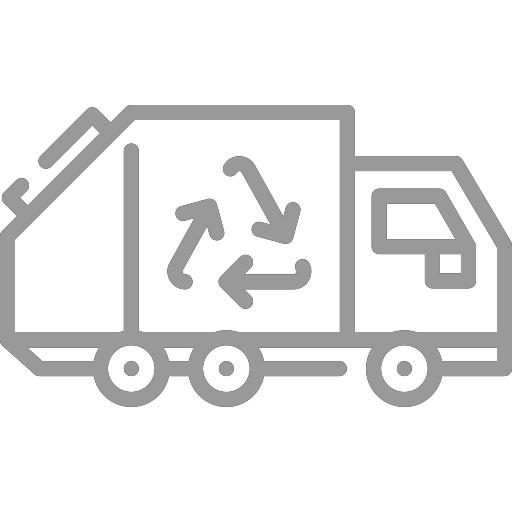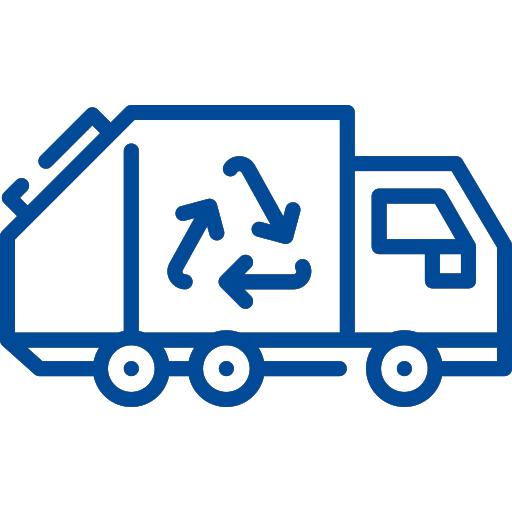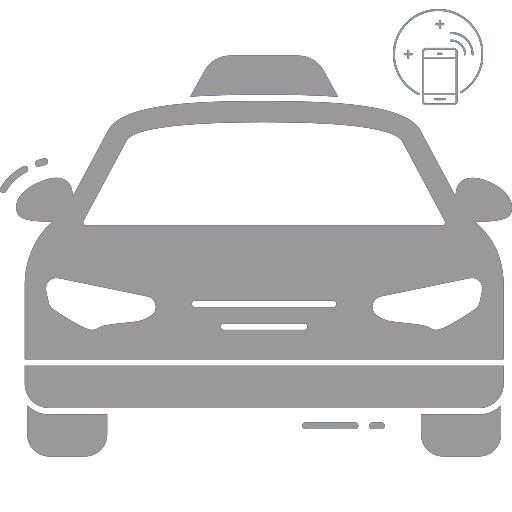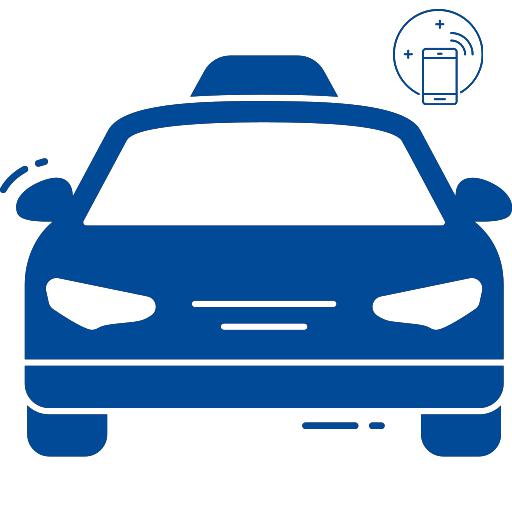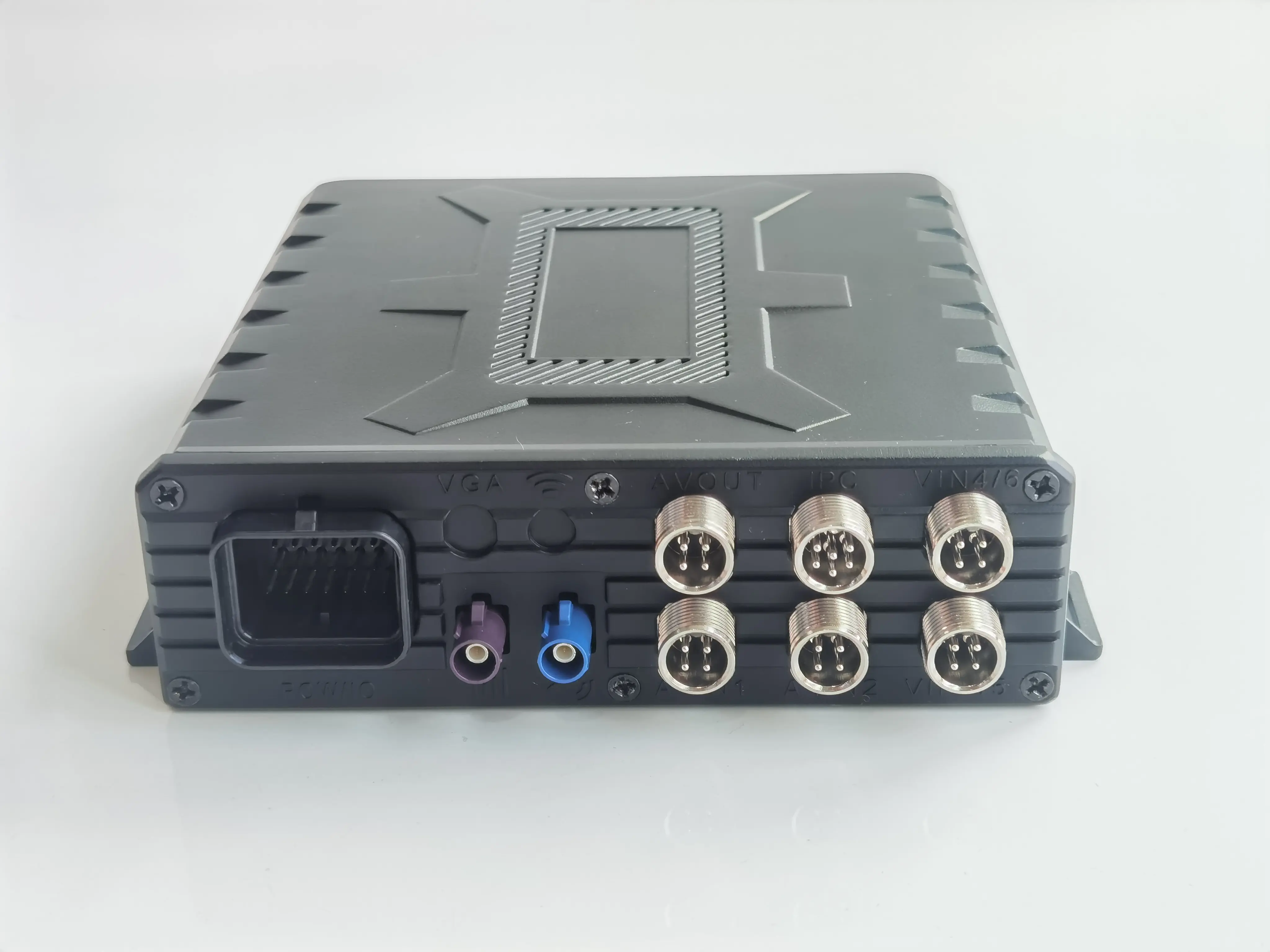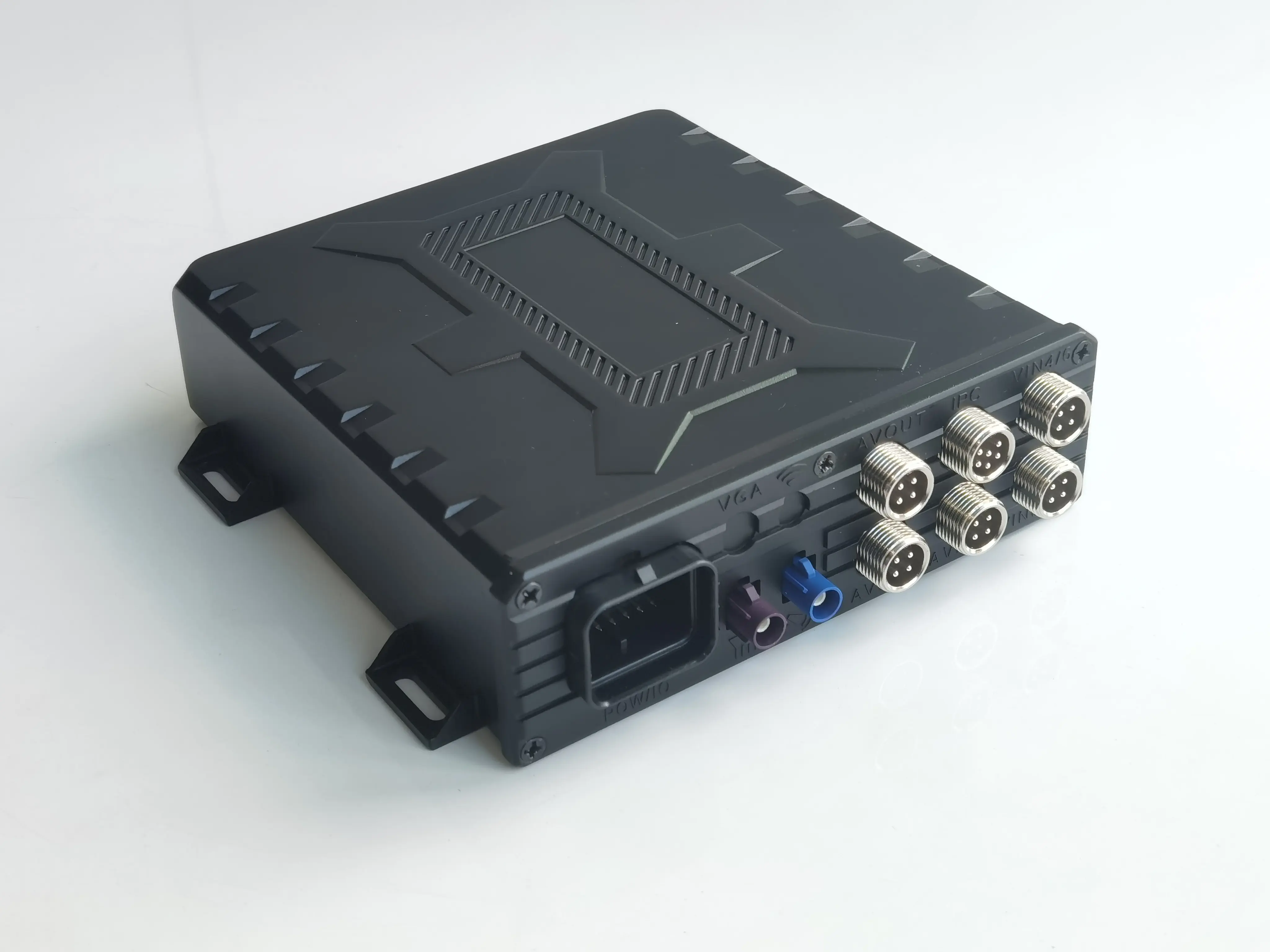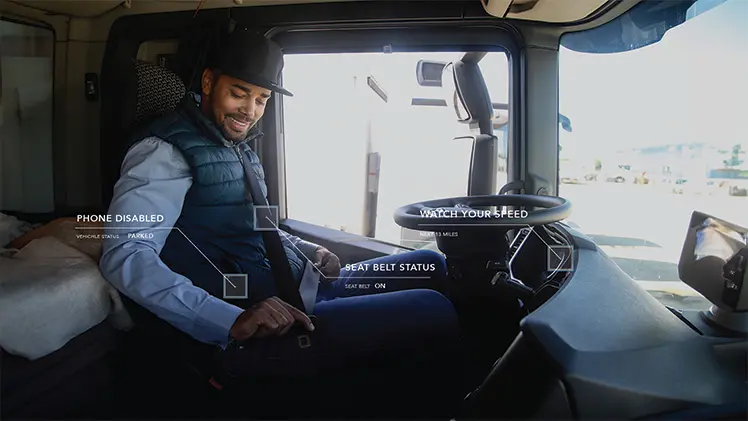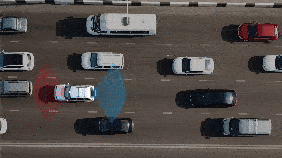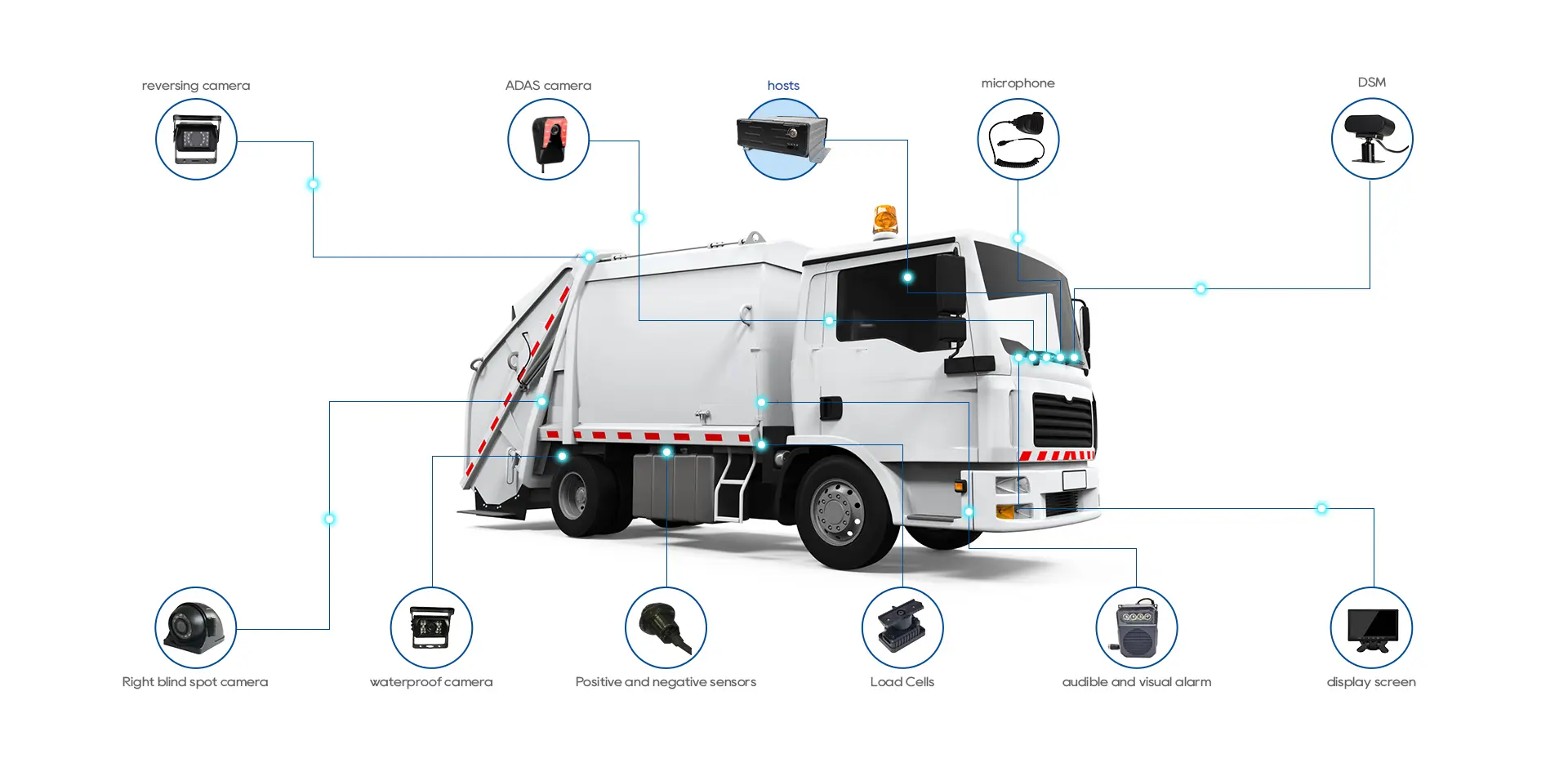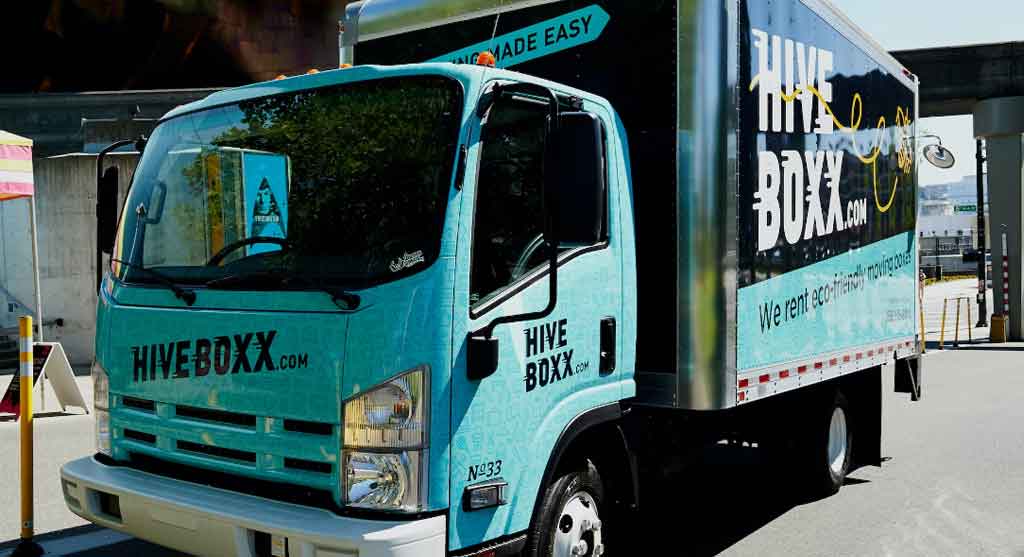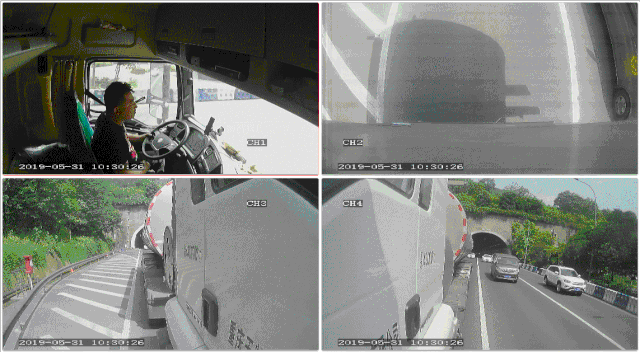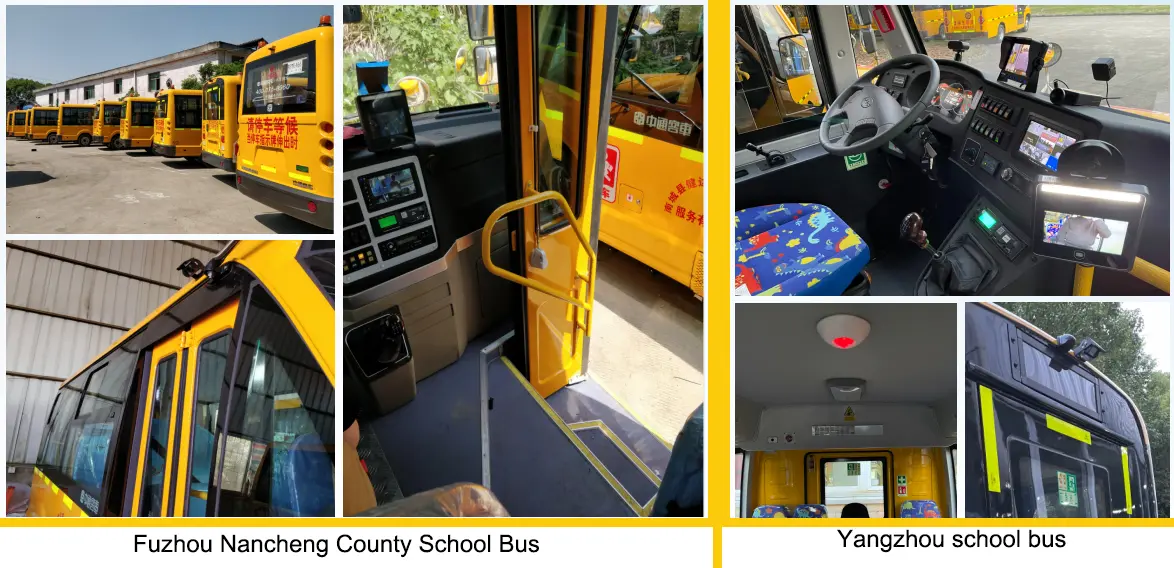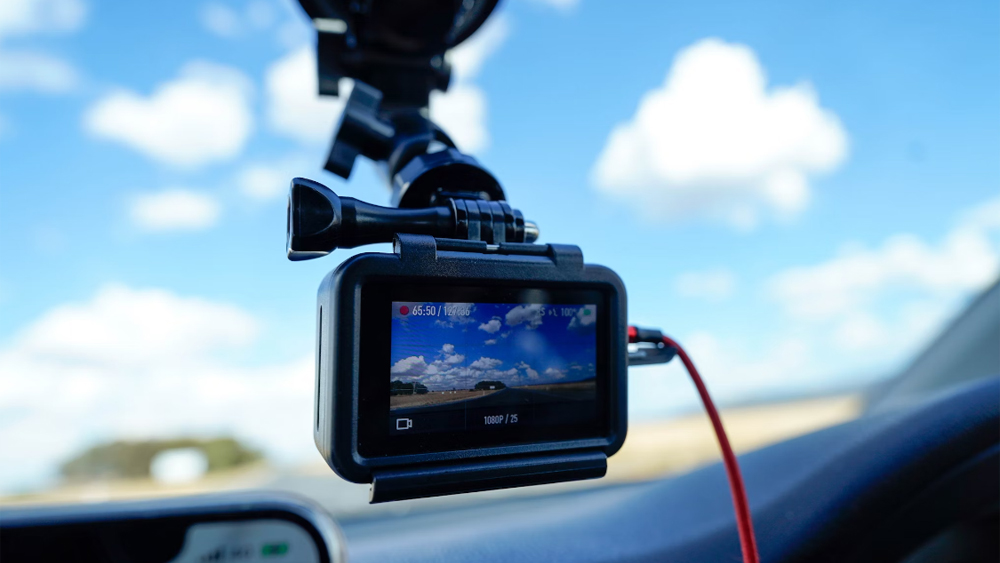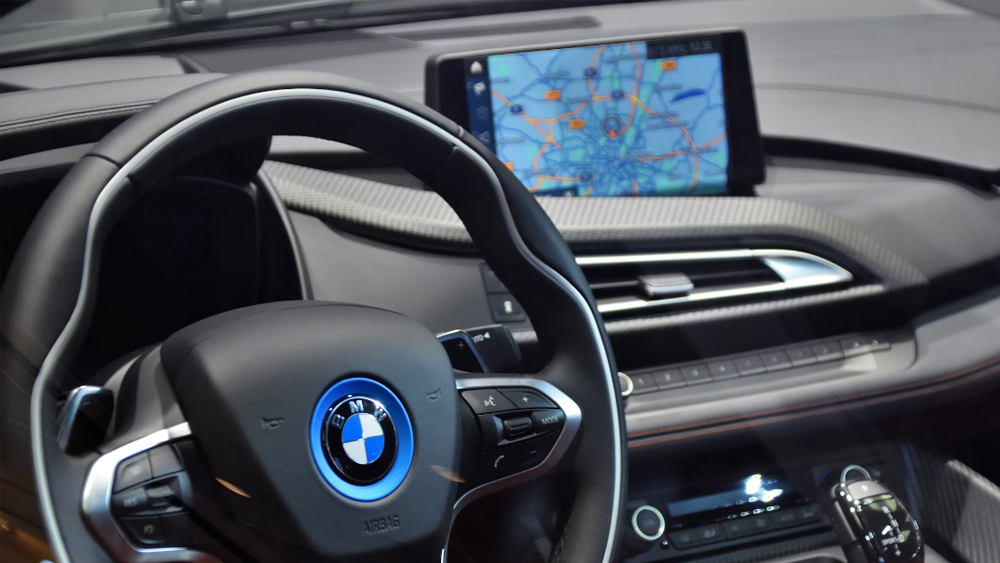Automotive DVR Camera System: Fleet Safety Management
Automotive DVR Camera System
In today’s complex road environments, whether for personal use or fleet operations, an automotive DVR camera system—commonly known as a dashcam—has evolved from an optional accessory into an essential safety tool. More than just a video recorder, it integrates advanced technologies to provide comprehensive protection for drivers, vehicles, and businesses. This article explores its core features, system types, practical advantages, and how to choose the right solution.
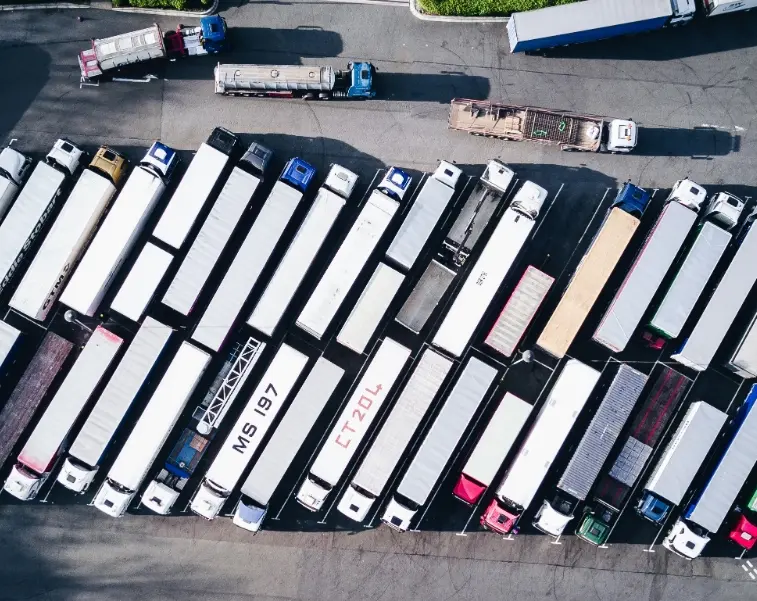
What is an Automotive DVR Camera System?
An automotive DVR (Digital Video Recorder) camera systemis a specialized device designed for vehicles. It continuously records video (and often audio) from inside and outside the vehicle and incorporates features tailored to automotive environments. These include loop recording, motion detection, GPS tracking, and cloud connectivity—enabling real-time monitoring, event documentation, and post-incident analysis.
Unlike standard cameras, these systems are built to withstand vibration, temperature fluctuations, and unstable power sources, ensuring reliable 24/7 operation whether the vehicle is driving or parked.
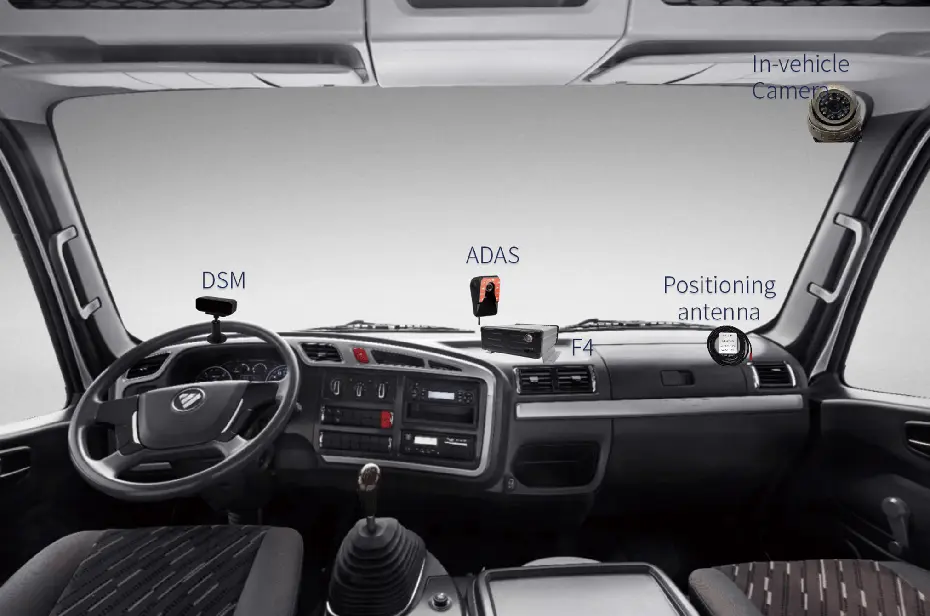
Key Features of Modern Automotive DVR Systems
Modern DVR systems go far beyond basic recording. Core functionalities include:
1. Loop Recording: Automatically overwrites old footage when storage is full, ensuring continuous recording. Critical clips (e.g., accidents) are locked by the G-sensor to prevent deletion.
2. G-Sensor (Event Recording): Instantly locks and saves footage when it detects sudden impact or abrupt deceleration, providing indisputable evidence in collisions.
3. Parking Mode: Activates a low-power mode when parked. Motion or impact triggers recording—ideal for capturing vandalism, hit-and-runs, or theft, especially overnight.
4. HD Video: 1080p (Full HD) resolution ensures clear capture of license plates and road signs, even in low-light conditions.
5. GPS Tracking: Embeds location, speed, and route data into the footage—valuable for route verification or dispute resolution in fleet management.
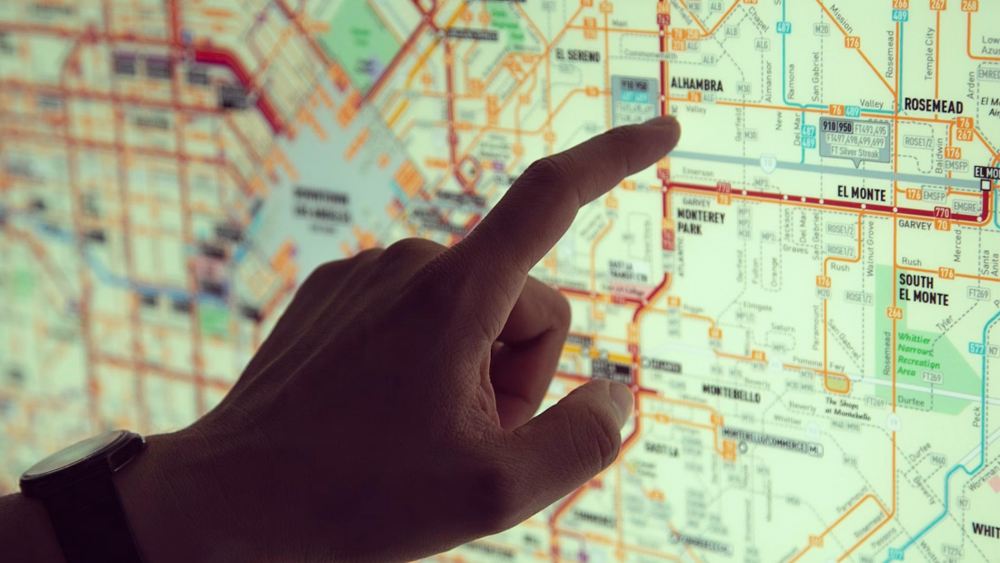
6. Night Vision: Infrared LEDs or advanced sensors ensure clarity in darkness—critical for nighttime driving or parking.
7. Cloud & Wireless Connectivity: Some systems offer cloud storage and live streaming over Wi-Fi or cellular networks, allowing remote access via mobile or PC.
8. Audio Recording: Built-in microphones capture sounds inside or around the vehicle, providing additional context (can be disabled for privacy).
Types of Automotive DVR Systems
Choose based on personal or commercial needs:
1. Single-Channel Systems: Record only the front view. Affordable and simple—ideal for individual users focused on frontal collision recording.
2. Dual-Channel Systems: Combine front and rear cameras (for road coverage) or front and interior cameras (to monitor the driver). Popular among rideshare drivers (Uber/Lyft) and fleet managers for monitoring both driver behavior and road conditions.
3. Multi-Channel Systems: Integrate three or more cameras (front, rear, sides, interior) for 360° coverage. Common in trucks, buses, and commercial fleets, eliminating blind spots.
4. Integrated Fleet Solutions: Combine DVR with telematics (GPS, diagnostics). Some systems synchronize video with vehicle data (e.g., speed, VIN, engine codes) for comprehensive fleet management, including real-time alerts for speeding or harsh braking.

Practical Benefits: Why Every Vehicle Needs One
1. Accident Evidence: Provides video proof to determine fault, expedite insurance claims, and prevent fraud. Studies show that in 81% of car-truck collisions, car drivers are at fault (American Trucking Association)—making DVR footage vital for exonerating fleet drivers.
2. Driver Behavior Improvement: Video-based training helps reduce risky behaviors (tailgating, unsafe lane changes). Fleet managers reported a 52% reduction in such incidents (ScienceDirect).
3. Cost Savings: Cuts collision-related costs by up to 86% (ScienceDirect). Reduces fuel consumption by up to 30% by curbing speeding and harsh braking (Automotive Fleet Magazine). Enhanced safety records also lead to lower insurance premiums.
4. Parking Protection: Even when unattended, the system can record vandalism or hit-and-runs via motion/impact detection.
How to Choose the Right Automotive DVR System
1. Define Your Needs: For personal use, choose single/dual-channel systems with 1080p and night vision. For fleets, opt for multi-channel, cloud-enabled systems with GPS and real-time alerts.
2. Video Quality: 1080p resolution meets most needs. A wide field of view (140°–170°) captures more details.
3. Storage Options: Choose local storage (microSD up to 256GB) or cloud subscriptions for unlimited access.
4. Installation & Compatibility: Some dashcams support DIY installation via OBD port. Commercial vehicles may require professional hardwiring for continuous power.
5. Extra Features: Look for AI features (e.g., driver distraction detection), Wi-Fi for easy video transfer, and integration with fleet management software.
Recommended: YUWEI Automotive DVR
YUWEI Automotive DVRstands out with robust performance:
1. Die-cast aluminum housing, IP67-rated, operable from -30°C to 70°C
2. Wide voltage support (9–32V) with battery protection
3. Low standby current (<2mA)
4. Three supercapacitors for complete video saving before power-off
5. Supports up to 6 video inputs
6. Integrated GPS and 4G module
7. 1080p resolution for crystal-clear recording
Whether for individual drivers or commercial fleets, YUWEIis a reliable and durable choice.
Email:hello@yuweitek.com

















